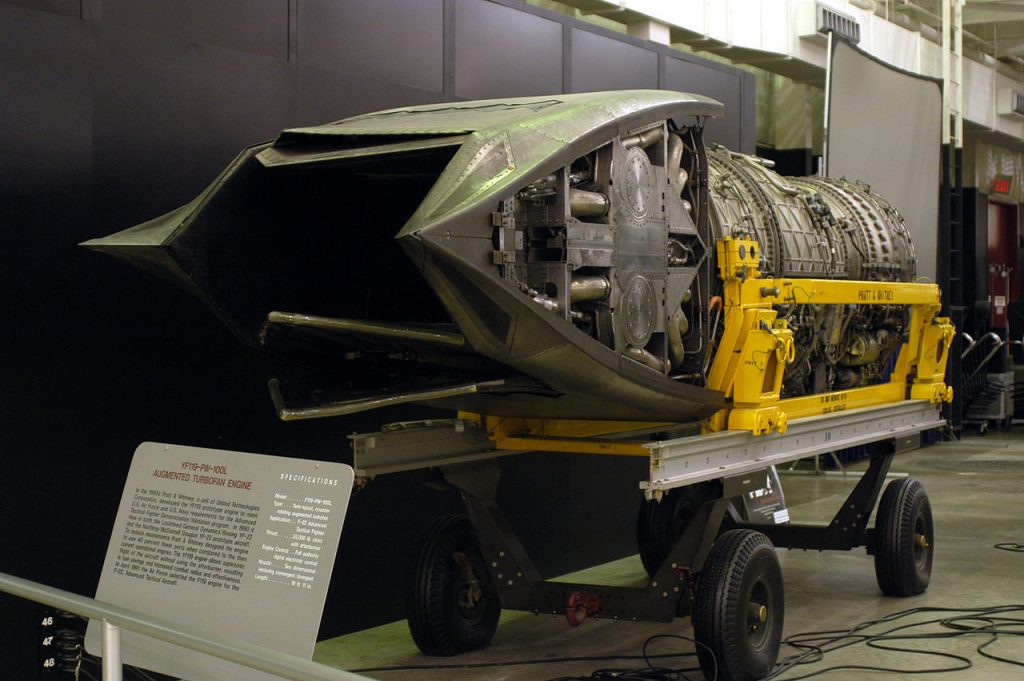The intricate process of preparing a $150 million, cutting-edge F-22 Raptor for flight is a far cry from a simple car ride. Unlike a routine drive, launching this advanced fighter jet demands meticulous pre-flight procedures. A captivating moment from a 2008 airshow illustrates this point: Major “Max” Moga, poised for a demonstration flight, meticulously followed the pre-flight checklist even after igniting the Raptor’s twin Pratt & Whitney F119-PW-100 thrust-vectoring turbofan engines.

Ensuring the control surfaces are fully operational and allowing the engines to reach optimal operating temperatures are crucial steps in guaranteeing the Raptor’s readiness for takeoff. The ground crew, with keen observation, plays a vital role, acting as the pilot’s extra set of eyes, monitoring for any anomalies that might escape the pilot’s view from the cockpit. This collaborative effort underscores the complexity and precision required to operate such a sophisticated aircraft.
The F-22 Raptor stands as a testament to advanced aviation technology, boasting stealth capabilities, supercruise, and unparalleled maneuverability. However, its production run was limited to 187 units, a stark contrast to the initial projections of 750 ATFs to replace its F-15 Eagles. Cost overruns, coupled with the financial demands of Overseas Contingency Operations (OIF/OEF), significantly impacted the program’s budget. This limitation has resulted in a smaller fleet than originally envisioned, but the F-22’s capabilities remain unmatched.
Beyond the initial cost overruns, the complexity of manufacturing the stealth coating, and the rapidly changing geopolitical climate also contributed to the F-22’s limited production. The F-22’s low observable characteristics, which are critical to its mission, require very specific and expensive maintenance. The F-22’s advanced sensor fusion, which combines data from various sensors into a single, cohesive picture, is a prime example of the aircraft’s technological prowess. Despite its limited numbers, the F-22’s performance and technological advancements continue to define the pinnacle of air superiority.









